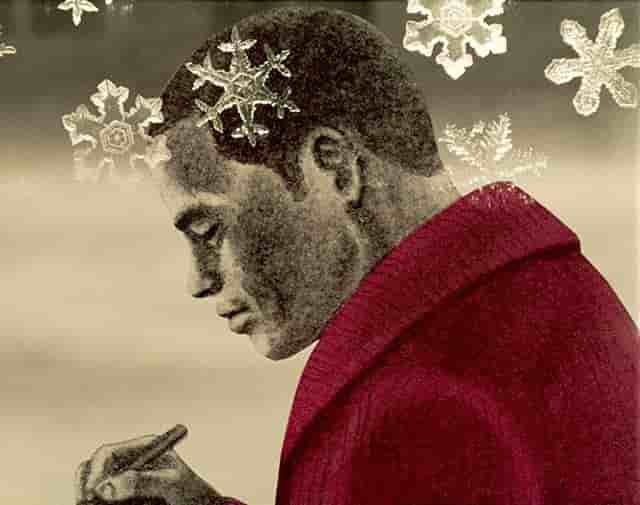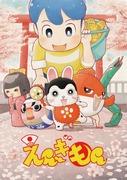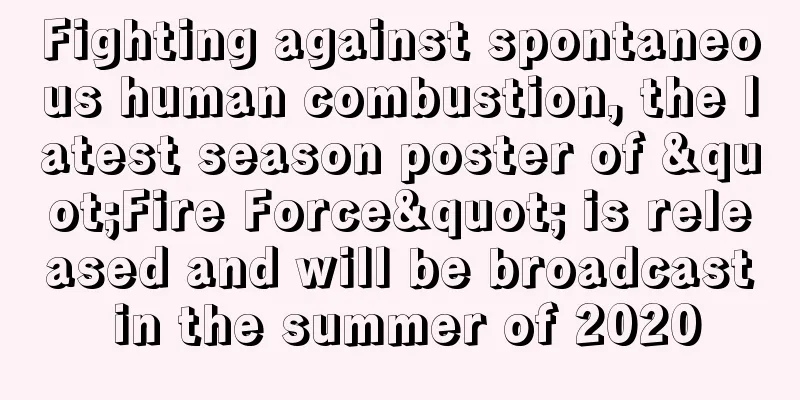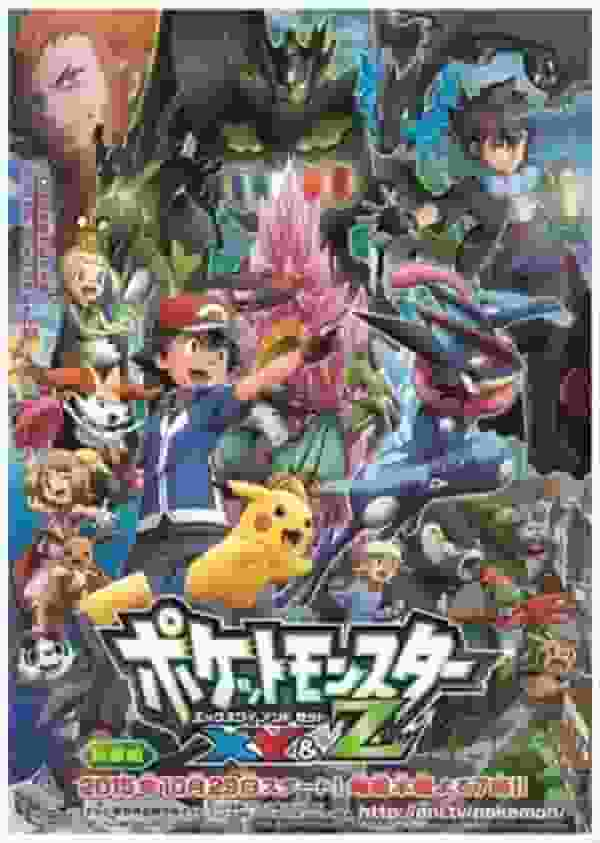Review of "The Life of a Poet": A moving story and its appeal

"The Life of a Poet" - The Cry of the Soul of Kihachiro Kawamoto■Overview of the work"The Poet's Life" is an animated film directed by Kihachiro Kawamoto and released in 1974. The film is based on the short story of the same name by Kobo Abe, and Kawamoto himself produced, directed, wrote and directed the film. The film is characterized by paper-cut animation drawn with sepia-toned storyboards throughout, and depicts the suffering of workers and the cry of a poet's soul. ■ StoryA young man working in a factory writes a letter to the manager, protesting against his continued exploitation. After leaving the factory, he continues to hand out flyers to his sad comrades, with words that blow oxygen into the stove of their dying hearts. His aged mother is as tired as cotton, spinning thread day and night. When she reaches for the spinning wheel, her body is quickly wound up into a roll of thread, which is then knitted into a jacket (a woolen coat). The jacket never makes it into the hands of the poor, but ends up piled up on the shelves of a pawnbroker. Eventually the workers' despair evaporates and turns to snow, falling on the deserted towns, villages, and fields. The snow that falls is the evaporation of dreams, souls, and desires. The moment his mother's red jacket descends on the young man's frozen body and wraps it around him, he suddenly realizes that he is a "poet." He decides to write the words of the falling snow, that is, the voices of the dreams, souls, and desires of the poor. ■ExplanationKihachiro Kawamoto thought of making this work into a "readable animation" to convey the emotion he felt after reading Kobo Abe's original work "The Life of a Poet" (1952). Kobo Abe is a writer who evokes the imagination of the reader, but is also a writer who finds it difficult to give concrete form to his images. Kawamoto has brilliantly captured this worldview on film. For this work, Kawamoto chose not dolls, but paper-cut animation drawn with sepia-colored storyboards. In 1946, Toho, where Kawamoto was employed, was in fierce conflict between management and the labor union. In the midst of the social distortion caused by the Toho dispute, where strikes were held every day, the figure of the poet must have overlapped with Kawamoto's own figure as a creative artist. The poet who appears in Kawamoto's animation bites his thumb nail in deep thought, saying, "I feel like this might be a problem." The audience has no way of knowing that this is Kawamoto's gesture. Wasn't this secret projection, unknown to anyone, Kawamoto's own pride as an artist? And wasn't this a vow to his soul as a writer to be this kind of poet? Joji Yuasa, who was in charge of the music for this film, participated in Shuzo Takiguchi's "Experimental Workshop" with Toru Takemitsu in the 1950s, and the music for this film was composed and performed in a highly experimental manner. The beauty of the story, told in a state of restraint throughout the film, shows Kawamoto's poetic side. ■ Main staff・Original story / Abe Kobo・Director / Kawamoto Kihachiro・Producer / Kawamoto Kihachiro・Screenplay / Kawamoto Kihachiro・Direction / Kawamoto Kihachiro・Animation / Kawamoto Kihachiro, Mimai Yutaka, Ishikawa Takao・Music / Yuasa Joji・Performance / Takahashi Aki, Yamaguchi Yasunori・Art / Komae Takashi, Tokuyama Masami・Cinematography / Tamura Minoru・Sound / Katto Isamu・Sound effects / Takahashi Iwao・Editing / Aizawa Naoko・Development / Toyo Developing Laboratory・Cooperation / Konishi Akiko, Nasu Chitose, Wakasa Hiromi, Maruoka Seiya, Yoshida Satoru, Echo Studio ■ Background and production secrets of the work"The Life of a Poet" is a work in which Kihachiro Kawamoto projects his own experiences and thoughts, depicting the suffering of workers and the cry of the poet's soul. Kawamoto has a deep understanding of the suffering of workers from his experience of the Toho dispute, and he reflected that in this work. In particular, the scene in which the poet bites his thumb nail is Kawamoto's own gesture and can be said to symbolize his inner self. This work also uses a unique style of paper-cutting animation drawn with sepia-toned storyboards, showing that Kawamoto was not only into puppet animation, but also pursued various other forms of expression. Paper-cutting animation is a very time-consuming process in which each piece is drawn and cut out by hand, and you can feel Kawamoto's dedication and passion for it. Joji Yuasa, who was in charge of the music, provided experimental music, drawing on his experience as a member of the 1950s "Experimental Workshop." Yuasa's music enhances the beauty of the stories told in the midst of oppression, further deepening Kawamoto's poetic worldview. ■ Evaluation and influence of the work"A Poet's Life" has been highly praised both in Japan and abroad. It has been particularly praised for its theme, which depicts the suffering of workers and the cry of the poet's soul, and for the beauty of its paper-cut animation, drawn with sepia-toned storyboards. Furthermore, the film has touched many people's hearts as a reflection of Kawamoto's own experiences and thoughts. This work is one of Kihachiro Kawamoto's masterpieces, and symbolizes his pride as an artist and his spiritual commitment. Kawamoto's works have always depicted the distortions of society and the inner workings of human beings, and "The Life of a Poet" can be said to play a part in this. ■ Recommendation points"A Poet's Life" is a work that depicts the suffering of workers and the cry of a poet's soul, and you can feel Kihachiro Kawamoto's pride as an artist and his spiritual commitment. The beauty of the paper-cut animation drawn with sepia-toned storyboards and Joji Yuasa's experimental music are also not to be missed. You will gain a deeper understanding and be deeply moved by watching this work together with Kawamoto's other works that depict the distortions of society and the inner world of humans. ■ Related worksOther works by Kihachiro Kawamoto include "A Doll's House," "The Rabbit and Her Friends," and "The Demon Hag." These works also depict the distortions of society and the inner world of human beings, and by viewing them together with "The Life of a Poet," one can gain a deeper understanding of Kawamoto's worldview as an artist. ■How to watch"The Poet's Life" can be viewed on DVD and Blu-ray. It may also be available online, so you can use that. By viewing it together with other works by Kihachiro Kawamoto, you will be able to gain a deeper understanding and be deeply moved. ■ Summary"The Poet's Life" is a work that depicts the cry of Kihachiro Kawamoto's soul, and has been highly praised for its theme of depicting the suffering of workers and the cry of a poet's soul, as well as the beauty of the paper-cut animation drawn with sepia-toned conte. This work symbolizes Kawamoto's pride as an artist and his spiritual vow, and by viewing it together with his other works that depict the distortions of society and the inner world of human beings, you will be able to gain a deeper understanding and be deeply moved. |
>>: Science Ninja Team Gatchaman: The appeal and evaluation of the electronic monster Rangelar
Recommend
Marie Bell's Fire Safety: A thorough explanation of what to do when you feel dizzy
Marie Bell's Fire Safety: What to do if you g...
The Umbrella Academy Season 4 New Cast: Bill from Last Man Standing Joins
The fourth season of the American superpower dram...
The latest chapter of the classic mecha "Farrana of the Sky The Beyond" new trailer released in advance
The latest installment of Japan's robot-theme...
Super Crooks review: A fascinating mix of superpowers and crime
Super Crooks: The appeal and reviews of the Netfl...
Japanese factory launches new model of Three Kingdoms Girls Legend, the girl version of Zhao Yun with the mythical beast is mighty and domineering
Japanese companies have never stopped interpretin...
New trailer for Wu Yanzu and Wang Qianyuan's crime film "The Breaking Storm" shows two hunks facing off naked
The police and gangster film "The Breaking o...
The appeal and evaluation of "Hataraku Onii-san!": A song of encouragement for working adults
The appeal and reviews of Working Brother! Workin...
The number of views of "The Three-Body Problem" exceeded 130 million, driving the stock price of Bilibili to rise by 115% in 10 days
The day before yesterday, on December 10th, the m...
"Song of the Dark Forest": Digging deeper into NHK's classic anime "Minna no Uta"
"Song of the Dark Forest": NHK's cl...
Cumberbatch to star in Dungeons & Dragons film adaptation to be released on March 3, 2023
The Sun reported that Benedict Cumberbatch, Chris...
The appeal and evaluation of "IS2": Evolution and excitement as a sequel
IS2 - Infinite Stratos II - Review and Recommenda...
Voices of Stone: A moving animated documentary depicting the memories of the malaria hell of the Battle of Okinawa
The deep emotion and historical significance of &...
Kazuo Umezu, godfather of Japanese horror manga, dies at 88
Today, November 5, Shogakukan announced that Kazu...
Xinyi Cultural and Creative launches the annual "blockbuster" "Attack on Titan" 10th anniversary commemorative wine wall is on the scene!
After obtaining authorization from Dahua in Augus...
The appeal and reviews of "Macross Dynamite 7": A must-see for fans?
Macross Dynamite 7 - Basara Nekki's New Adven...









